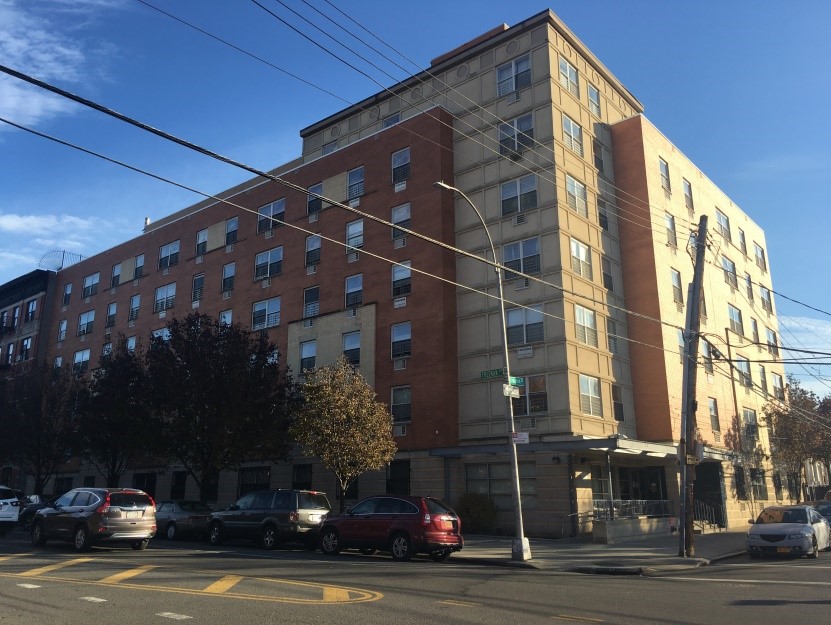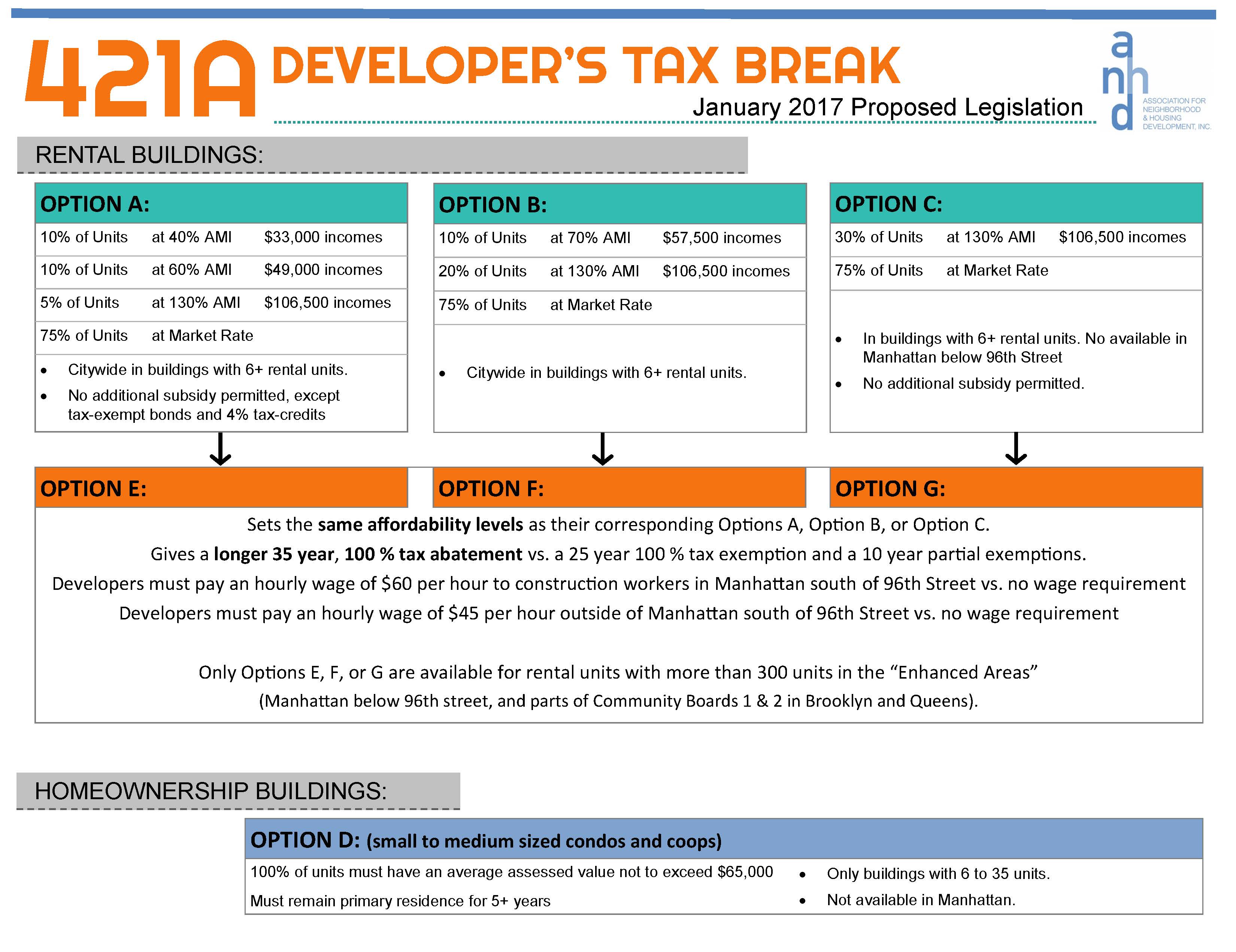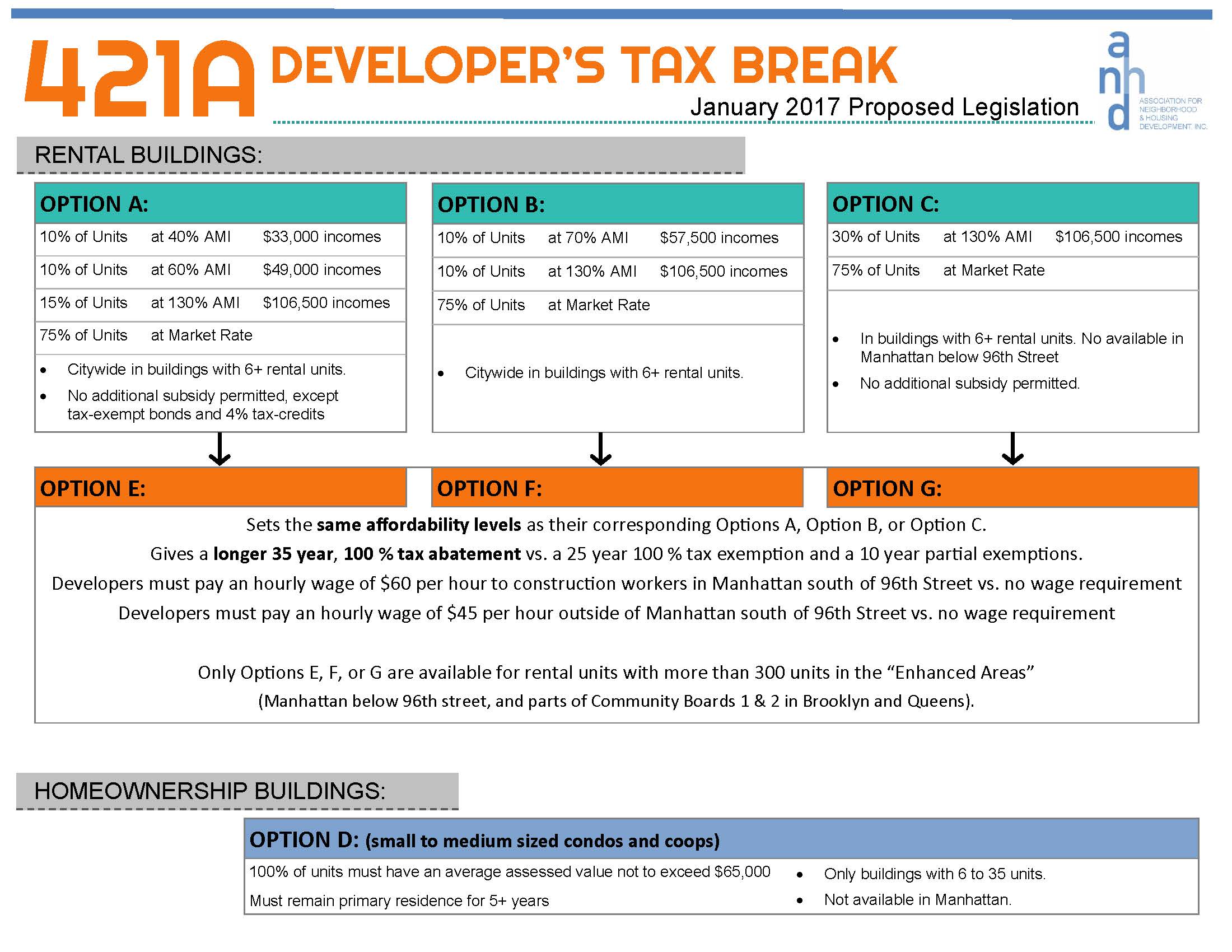Why Is a Private Developer Trying to Walk Away with This Affordable Building?
A lawsuit currently being heard in State Supreme Court tells a troubling story for the tenants of a small affordable building in the Morrisania neighborhood of the Bronx, and a troubling story for local housing policy.
In 2002, a mission-driven non-profit affordable housing developer named MBD Community Housing and for-profit affordable housing developer Don Capoccia of BFC Partners teamed up to build a 67 unit building at 1238 Simpson Avenue. MBD Community Housing brought development experience to the deal along with a 100% tax exemption because of their non-profit status, an essential part of the affordable housing formula. Don Capoccia/BFC Partners also brought development experience in addition to financial resources. A third party to the deal – a tax credit syndicator named WNC Holdings – facilitated the Low Income Housing Tax Credit (LIHTC) financing.
So far, so good.
Partnerships between for-profit and non-profit developers have been one of the foundations of New York’s affordable housing production formula, and we have led the nation in productivity, setting the pace for municipally-backed affordable housing programs.
In June of 2017, MBD Community Housing received a letter that put the affordability at risk and sparked the court case.
There is a hidden problem in New York’s housing formula: regulatory agreements that enforce the affordability expire. In the case of the 67 units at 1238 Simpson Avenue, when the affordability requirement ends, whoever controls the building can choose to renew the affordability or take steps to increase the rents and even decide to make a windfall profit by opting-out of the affordability requirements. Because of this, MBD Community Housing made sure to include a “right of first refusal” in the development agreement for 1238 Simpson Street. In the event that either of the for-profit partners made a move that would put the affordability of the building at risk, the right of first refusal gave MBD Community Housing the right to step in and take control of the building.
In fact, the court papers show that the local community board requested perpetual non-profit oversight of the building as a condition of their support for the project, and the New York State housing agency gave the partnership extra credit in their LIHTC funding application specifically because the non-profit partner had a right of first refusal.
Here is the story laid out in MBD Community Housing Corp. –vs- WNC Holding, etc. (Index # 28810/2017):
According to the court papers, WNC Holdings sent a letter requiring MBD Community Housing to either exercise or relinquish their right of first refusal. WNC Holdings had a new party lined up to buy their interest share in the development and wanted MBD Community Housing to give up their oversight of the building. MBD Community Housing understood that a new for-profit party could circumvent the non-profit’s perpetual oversight and put the long-term affordability of the building at risk, exactly the reason MBD Community Housing had insisted on the right of first refusal in the first place.
MBD Community Housing exercised their right of first refusal, but according to the court papers, WNC Holdings insisted on an unusually high price. The non-profit was clear that the legal agreement, the tax code, as well as general precedent and custom gave them the right to buy the building for the price fully assuming the outstanding mortgage debt. WNC Holdings made the unusual argument that the non-profit would have to assume all the outstanding debt and also pay that same amount in cash to WNC Holdings, which would have made it difficult to keep the building affordable and, according to the court papers, been a profit “double dip” by WNC Holdings.
But who was the unnamed new party forcing MBD Community Housing to fight for the mission-driven oversight that guaranteed the affordability? The court case revealed that it was Don Capoccia/BFC Partners, the original co-developer.
The legal case will be fought on technicalities, but for people who care about the Morrisania neighborhood and affordable housing, the issue is clear. Don Capoccia/BFC Partners appears to be actively seeking to remove the oversight of the mission-driven non-profit from the deal and with it the guarantee of long-term affordability that MBD Community Housing brings.
That’s not a surprising move by a developer like Don Capoccia/BFC Partners. As a for-profit, it is his right to maximize his bottom-line opportunities. The building was largely paid for by government-backed financing and tax exemption, and the residents of the Morrisania neighborhood desperately need affordable housing. So, the government has a responsibility to ensure that the community gets the maximum possible benefit from the public investment, which means keeping city-backed affordable housing permanently affordable.
The details of this case are troubling, and they are increasingly common.
As market-rate rents rise in every neighborhood across the city to prices that would have seemed unlikely only decades ago, for-profit affordable housing developers are increasingly looking to slip their affordable buildings into the market-rate column the moment a regulatory agreement allows. This article in Crain’s New York on the sale of a portfolio of affordable buildings in Crown Heights makes clear that the problem of for-profit owners selling their affordable developments and undermining the affordability is not hypothetical, and it may soon be a crisis.
According to an analysis by the Association for Neighborhood & Housing Development (ANHD) the early rounds of local government-backed affordable housing that began under Mayor Koch are just now beginning to reach their “year 30 opt-out” moment, which will put about 10,000 units of affordable housing across all five boroughs of the City at risk each and every year. The affordable buildings that are controlled by for-profit developers are likely to be at risk, while the buildings that are controlled by mission-driven non-profit developers are likely to voluntarily renew their affordability. The scale of this potential crisis is made worse by the fact that local government policy since the Giuliani and Bloomberg years has been increasingly tilted towards for-profit developers, as ANHD laid out in our recent For-Profitization of Affordable Housing Development and the de Blasio Housing Plan report.
The lesson of this court case for the community is clear; critically needed affordable housing built with local tax dollars is at risk. The lesson for mission-driven non-profit developers is clear; be very careful not to let a for-profit partner undermine your right of first refusal.
There are also important lessons for City and State housing policy.
In existing affordable housing, City and State officials must do everything they can to make sure that for-profit developers are actively discouraged from taking advantage of any opportunity to opt-out of affordability. One important step that the City and State can take is to deny future development opportunities to for-profit developers who have a track record of undermining long-term affordability.
For new affordable housing developments, City and State officials must do more to protect long-term affordability by strengthening the control of mission-driven non-profits in each deal. The City and State can make this happen by awarding more development opportunities to non-profit developers and requiring that joint-venture agreements between for-profit and non-profit developers give actual long-term control of the building to the mission-driven partner.
The City and State can also make this happen by changing policy to only allowing deals that give actual, long-term control to a mission-driven partner to be legally eligible for the essential 420c or Article XI real estate tax exemption that underlies most affordable housing development.
Benjamin Dulchin, ANHD’s Executive Director
 ANHD 2016 Building the Community Development Movement
ANHD 2016 Building the Community Development Movement




